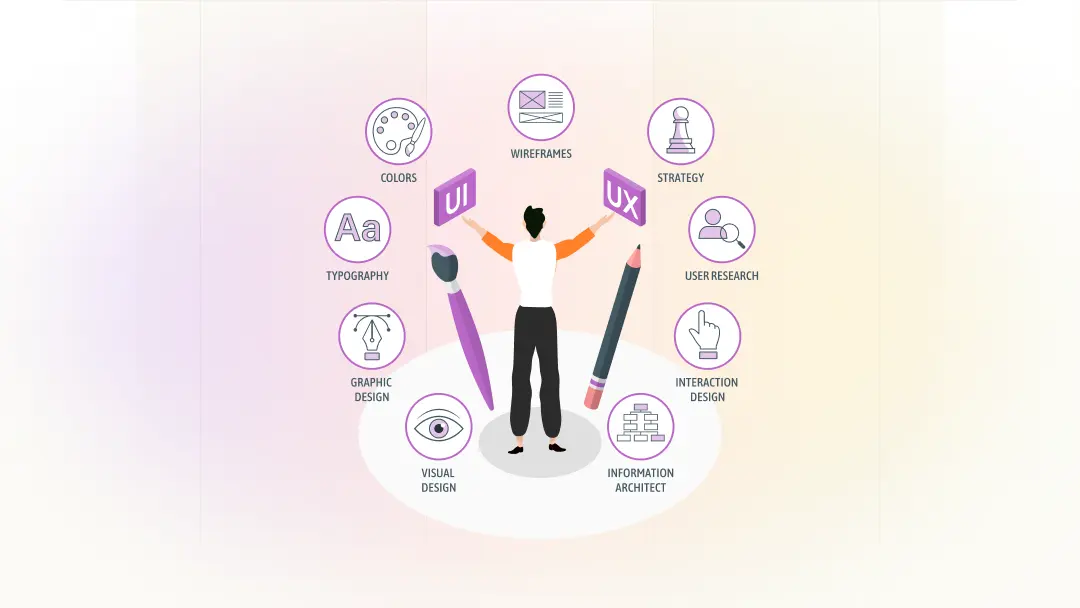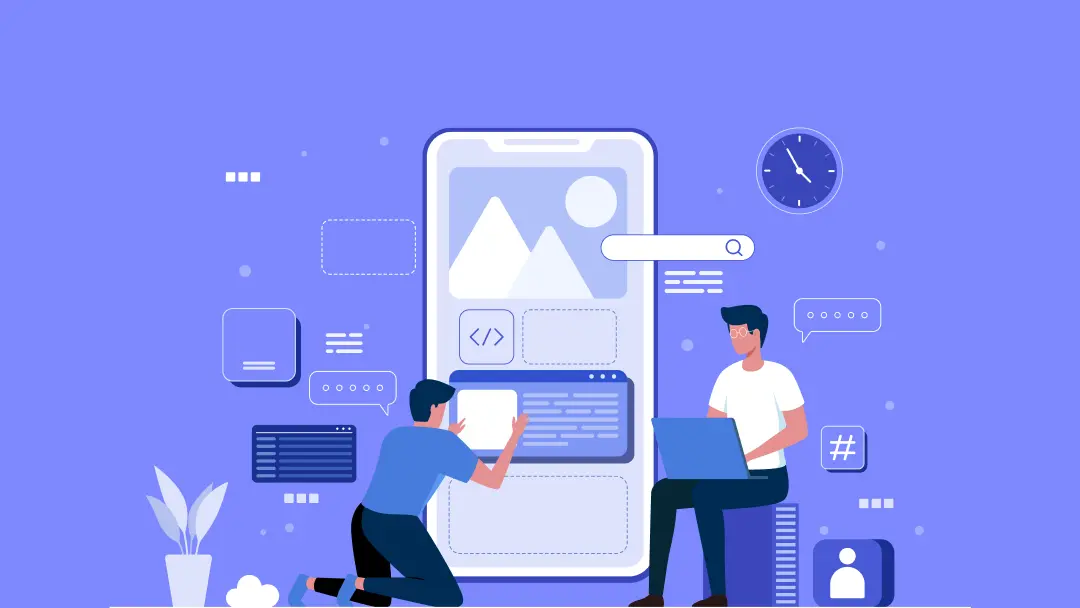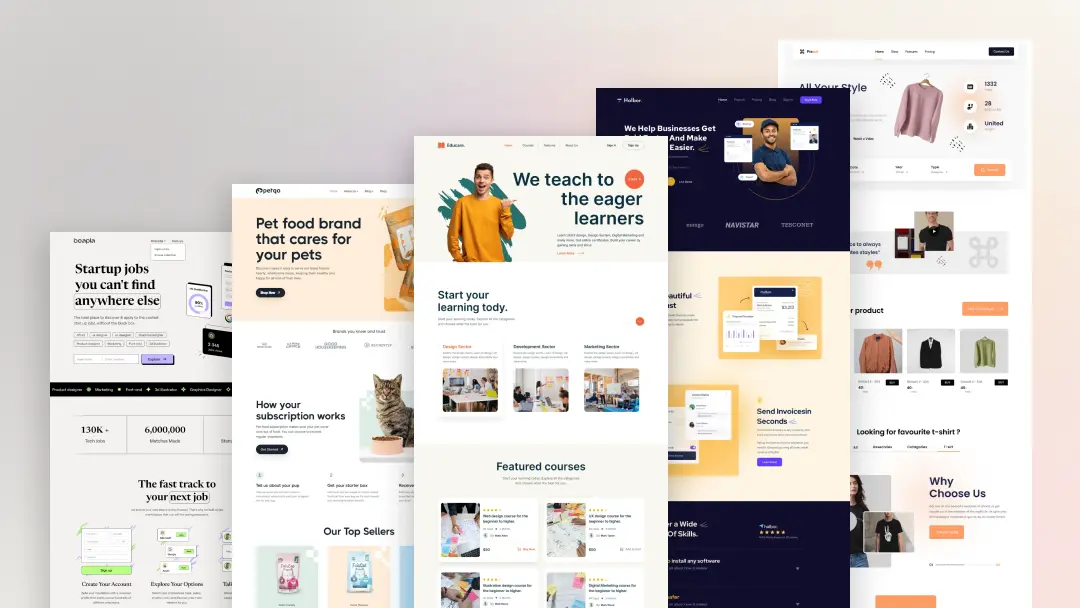Product Designer vs. UX Designer: An Explained Analysis
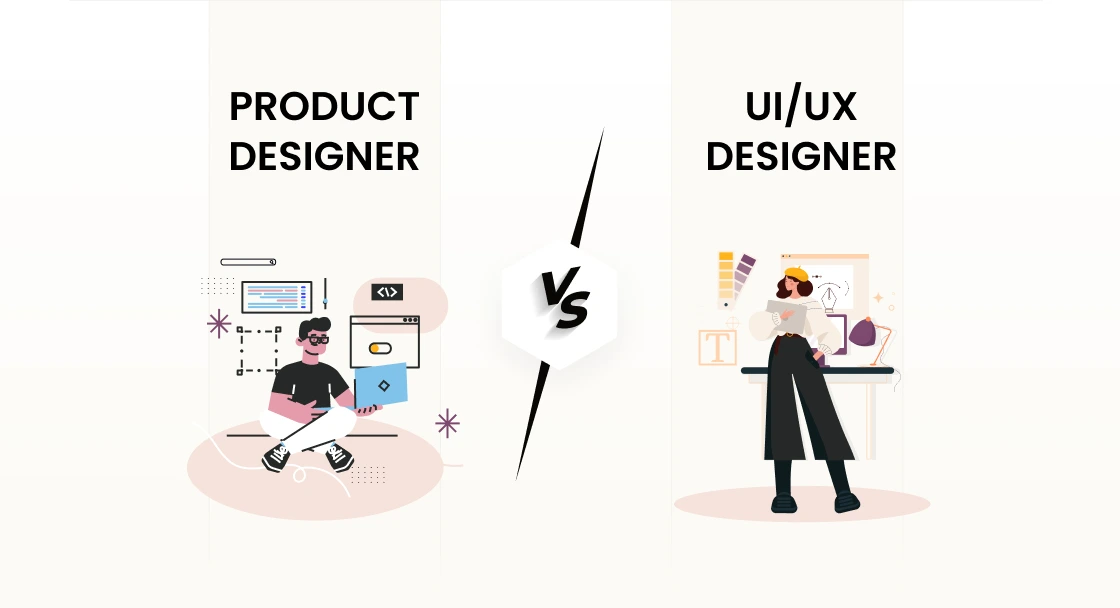
When most people search “product designer vs UX designer,” they might imagine a designer who just makes things look good. In reality, high-quality design stems from extensive user research, iterative usability testing, and agile pivots based on feedback. When most people look at a product, they rarely realize how much work it takes to turn a complicated idea into something a customer finds helpful.
Product design influences many aspects of our daily digital experience. Yet, few truly understand the key distinctions between a Product Designer and a UX Designer, or what “UX design vs product design” really entails.
We’re here to provide a clear comparison. Many professionals and beginners alike find it challenging to distinguish between design and tech roles, and even companies often use the titles interchangeably. So, what’s the real difference between a product designer and a UX designer? And if you’re just starting your career, which role should you pursue?
What is Product Design?
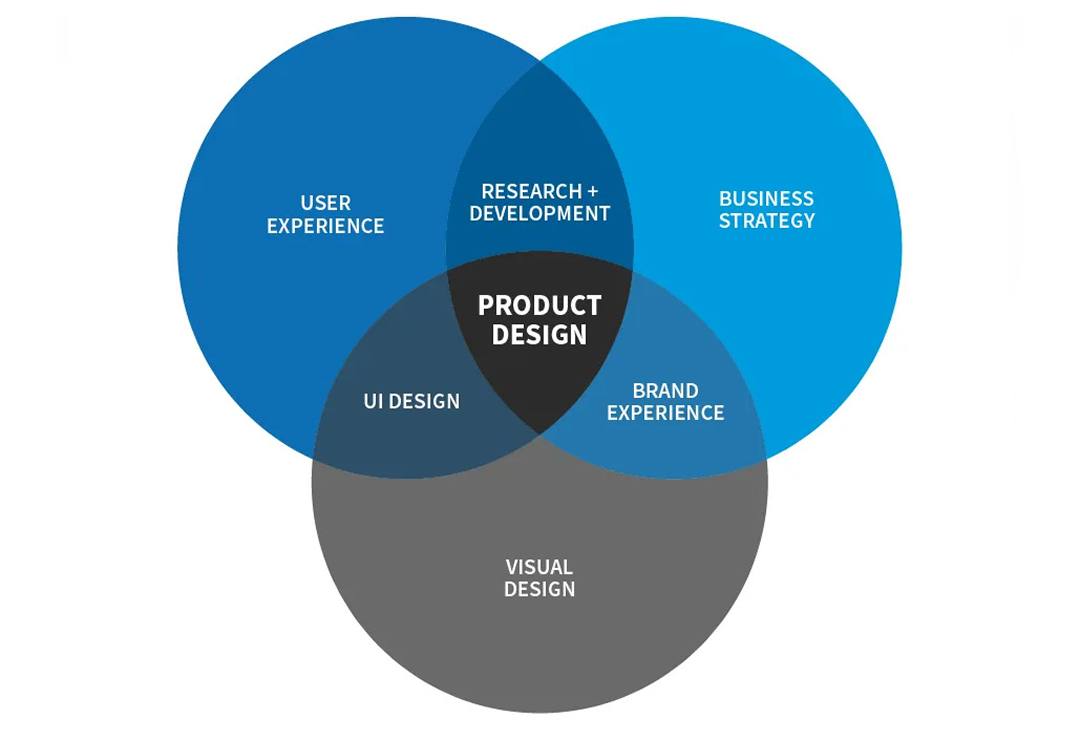
Before diving into comparisons, let’s define “product design”. What exactly is product design?
A product designer is a professional who conceptualizes, creates, and improves products to meet both user needs and business goals.
Product design is a strategic process that blends creativity, usability, and functionality to produce products that are visually appealing, marketable, and user-friendly.
Product designers consider not only how a product will look but also how it will perform in the market and how it will solve customer problems. According to ProductPlan, product designers are responsible for designing the overall user experience while aligning with business objectives defined by product management.
The role functions as a continuous feedback loop, balancing client requirements with cost-effectiveness and revenue goals.
Responsibilities include understanding business needs, adhering to budgets, solving design challenges, and integrating user feedback into the design process.
Successful product design covers user experience, marketing alignment, and technical feasibility; adapting to shifting goals and growth strategies.
What is UX Design?
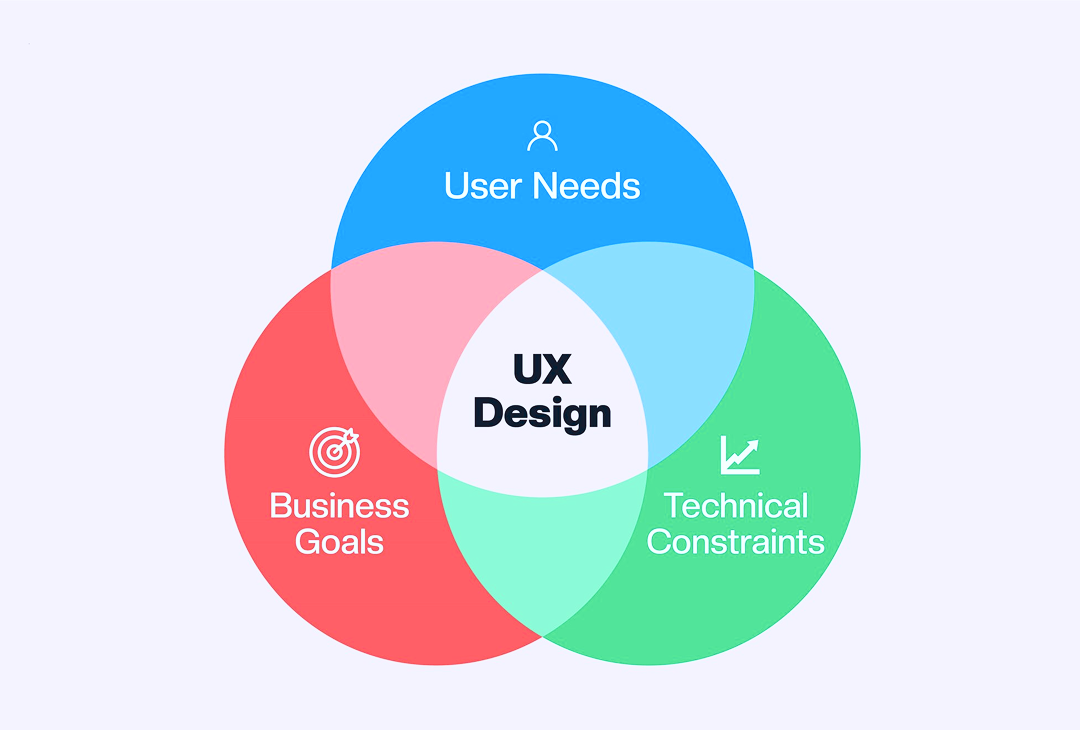
UX (User Experience) design focuses on optimizing the interaction between the user and a product, prioritizing client satisfaction while still considering business objectives.
The main goal of UX design is to create interfaces that are practical, intuitive, and enjoyable to use; backed by real customer feedback.
UX design involves research, prototyping, usability testing, and refinement to ensure the final product meets user expectations. It blends multiple disciplines, including product design principles, user acquisition strategy, branding, usability, engagement, and functionality.
Product Designer vs. UX Designer: What’s The Difference?
Product designers oversee both the product’s functionality and the user experience, ensuring that business needs and user expectations are equally addressed. Key considerations include:
- Who are the target customers, and what are their needs?
- How can the product be easy, enjoyable, and visually appealing?
- How can the design maximize usability while achieving business goals?\
In contrast, UX designers focus primarily on improving the user journey, satisfaction, and accessibility of a product.
They gather and analyze feedback, create prototypes, and ensure the design addresses user pain points while still keeping revenue in mind when possible.
In short:
- Product Designers balance customer needs with business objectives.
- UX Designers prioritize the customer journey and usability above all else.
Key Differences Between A Product Designer and A UX Designer
When comparing “product designer vs UX designer,” the main differences lie in their scope, priorities, and responsibilities.
What Does A Product Designer Do?
A product designer’s role is highly versatile, often similar to that of a full-stack designer.
They may work on UX, UI, coding, project management, and problem-solving.
Tasks include wireframing, A/B testing, collaborating with developers and marketers, and ensuring the product aligns with brand strategy.
What Does A UX Designer Do?
UX designers specialize in usability and accessibility, ensuring products are functional, intuitive, and enjoyable.
They handle the full design lifecycle: research, ideation, prototyping, and testing, while always keeping the end-user in mind.
When someone takes on the responsibility of being a UX designer, they take control of all aspects of the design process—research, ideation, and optimization.
They need to remain people-driven at all times, which means they have to understand what the user is thinking and do everything in their power to address it.
Product Designer vs. UX Designer: Role Responsibilities
As a product designer, there is significant overlap with UX designer responsibilities—hence why many product design job listings request UX expertise.
While Product Designers focus on the product holistically (both for the business and the user), UX Designers concentrate on ensuring a seamless, user-centered experience.
What’s the Role of a Product Designer?
Below are some specific definitions for the job of product designer:
◾ Responsible for the visual identity (“look and feel”) of a digital product.
◾ Collaborate on wireframes, prototypes, and UI elements.
◾ Apply graphic design, typography, and color theory principles.
◾ Identify the needs of the customer, and find ways to sell them your product ideas or new features for existing products.
◾ Oversee design team objectives and deadlines.
◾ Identify how the customer might benefit from the product. This can include enhancing a current feature or developing a new one.
What’s the Role of a UX Designer?
Below are some specific definitions for the job of UX designer:
◾ Ensure the product is easy to use and free of confusion.
◾ Conduct user research and usability testing.
◾ Apply human-computer interaction principles.
◾ Create wireframes, UI assets, and storyboards for user flows.
How Much Does A Product Designer Earn?
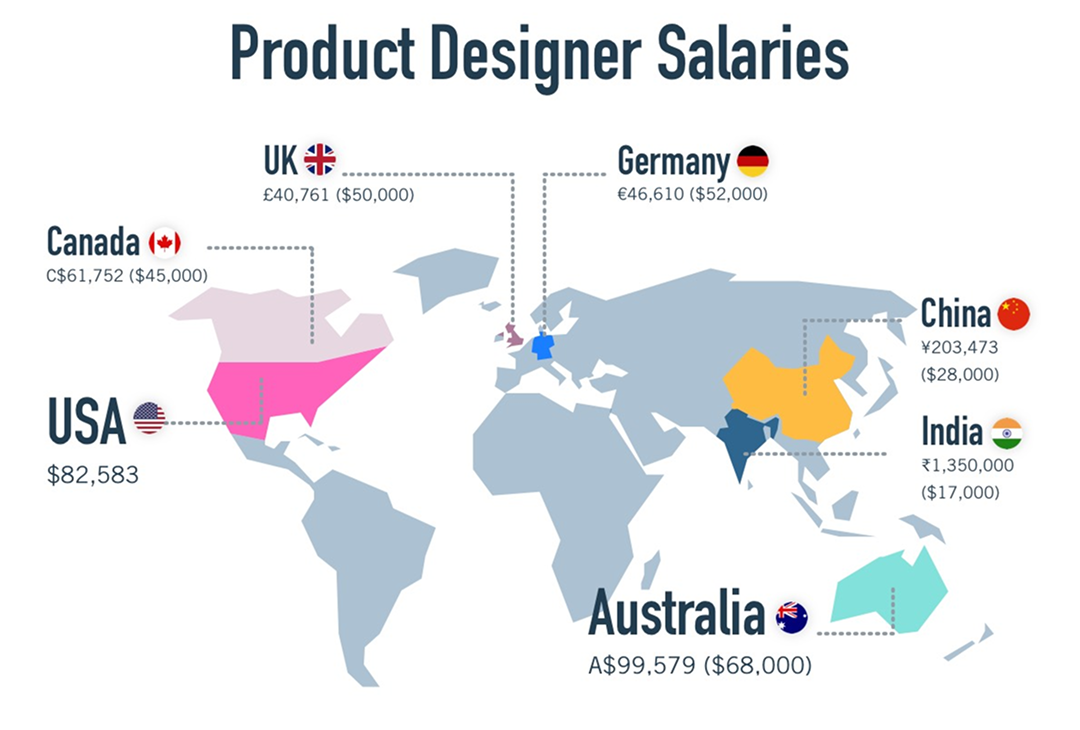
UX designers are able to make between $50,000 and $70,000 a year, depending on the location, industry, and experience.
According to Glassdoor’s salary data, you will likely earn around $50,000-$70,000 a year as a UX designer in The States.
Designers with roughly ten years of experience can earn close to $185,000 a year.
An entry-level product designer in San Francisco can make a median salary of $102,180 while someone with four or six years of experience is likely to make around $130,000.
Compare this to the situation in New York City: an entry-level product designer averages around $98,000, but someone with four or five years of experience will make closer to $102,000.
How Much Does A UX Designer Earn?

According to Glassdoor, the average salary for a UX designer in the United States is $103,000. Out of the 371 UX designers surveyed, the highest salary was $140,000 and the lowest was $75,000.
One thing to note is that UX designers are in high demand in some cities and low in others.(i.e., these cities have salaries below the national average), while others are desperate to attract UX designers and pay them a lot of money.
Final Thoughts
In this article, we have comparatively explored the difference between Product Designers and UX Designers to you. Product Designers are primarily concerned with creating a vision for the end user. UX Designers typically collaborate with that initial product designer and focus on how they will use the interface.
Just as is said in the beginning, both positions require proficiency in design basics and programs as well as soft skills such as communication, curiosity, and empathy. Both focus on problem-solving. If you search "Product Designer" in any search engine, you'll often get results for UX Designer or even "UX Product Designer."
There are many different types of designers in the world. User Experience Designers are concerned primarily with the customer journey. They may work with the business and engineering to build a product that has been closely tested to ensure it has an excellent user experience and flows well. Product Designers, on the other hand, have a deeper focus on both the customer experience as well as what is good for the business.

